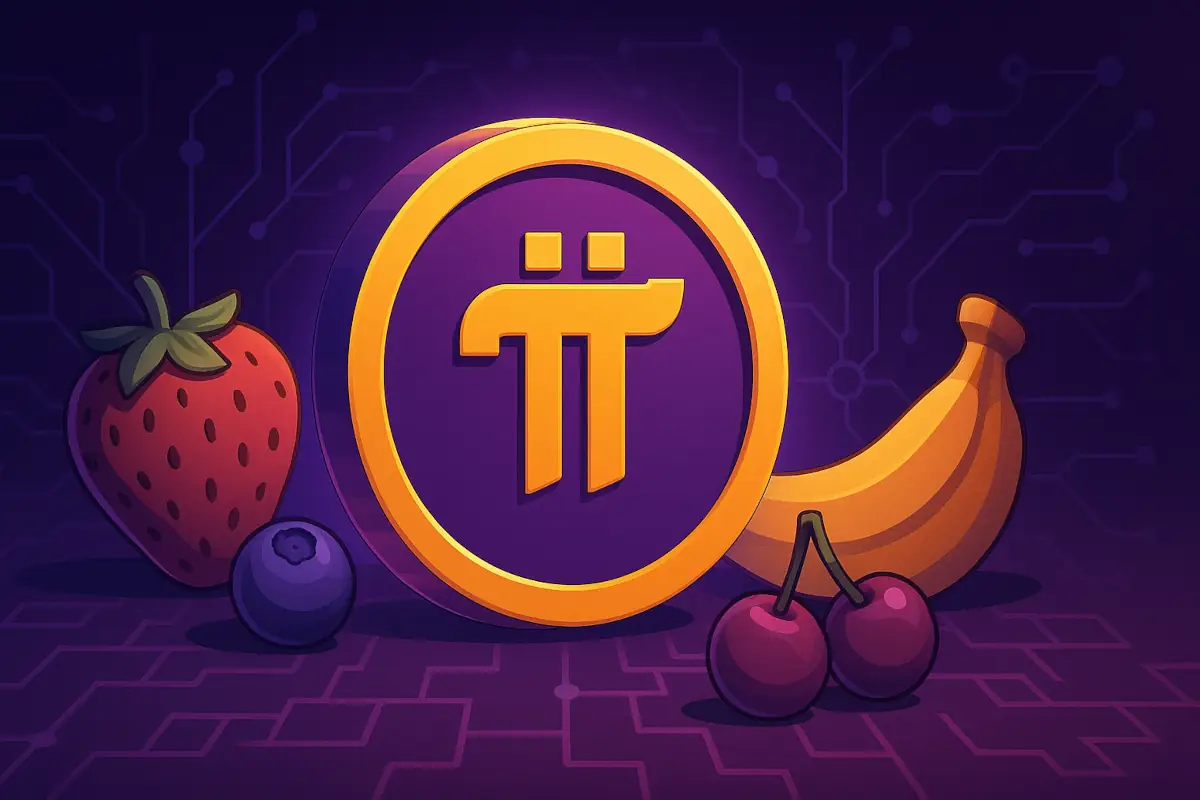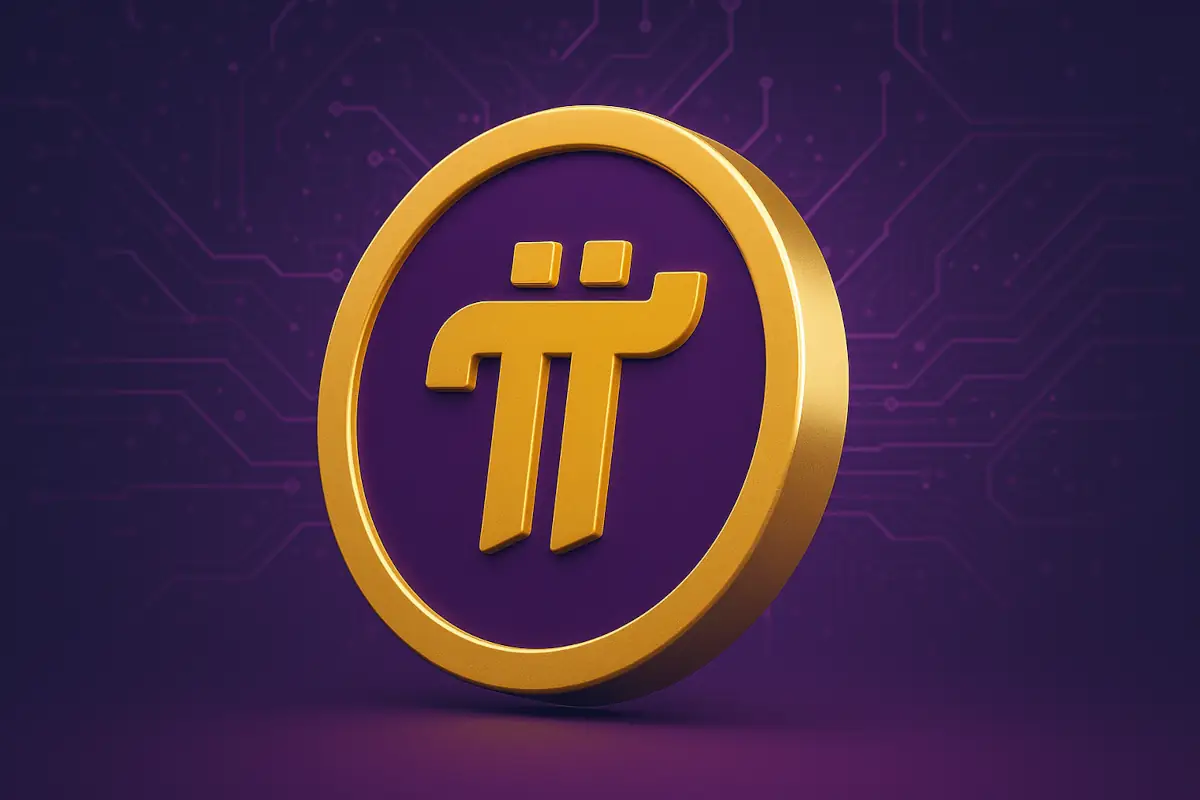It has now been several weeks since Pi Coin’s price spiked on speculation surrounding the Pi Network Ventures announcement. Since then, the price has stabilized, fluctuating mostly between $0.60 and $0.70. Outside of a few brief intraday swings, there has been little movement. The sharp rally that took the token to $1.50 in mid-May has now fully cooled off, and for most of June so far, Pi has been trading sideways.
The lack of price action also reflects the broader state of developments around the network. There have been no major new announcements from the Pi Core Team, and the anticipated wave of progress that some expected following the $100 million venture fund launch has not yet materialized.
The only update from the team in recent days has been the release of FruityPi, a simple game app integrated with multiple Pi ecosystem features.
Table of Contents
FruityPi: A Demo of Integration, Not a Market Catalyst
FruityPi is a fruit-merging game now live in the Pi Browser. While the gameplay itself is straightforward – players drop fruits into a bin to evolve them into larger ones – it carries a more strategic purpose.
The game is directly integrated with the Pi cryptocurrency, Pi Wallet, and Pi Ad Network, aiming to show how ecosystem tools can be combined in a functioning product. Players can use Pi for in-game advantages, and the ad system is set up to monetize user engagement within the app.
The official blog post describes FruityPi as a proof-of-concept for what’s possible when developers build within the Pi ecosystem. It emphasizes gaming as a strong vertical for future utility and one of the areas Pi Network Ventures is actively exploring. According to the team, games like FruityPi benefit from Pi’s built-in community, user verification, and integrated financial tools, making it easier for developers to focus on gameplay while relying on the platform for engagement and monetization.
However, while technically integrated, FruityPi remains a relatively simple app and hasn’t sparked much excitement among users or investors. The market reaction has been neutral. Pi’s price didn’t react to the launch and continued trading within the same range as in the days before. It’s clear that while the network continues to build, this isn’t the kind of development the community had been waiting for.
Ventures Program Continues, But Market Wants More
The $100 million Pi Network Ventures fund remains in place, and applications are open for startups building on Pi. But the lack of follow-up announcements or notable new projects since the launch has made it difficult to measure the program’s early impact.
Still, the sharp price surge seen earlier in May – triggered by nothing more than a teased announcement – suggests that interest in Pi remains. Investors clearly responded to the possibility of meaningful developments, especially those tied to listings or wider utility.
When none of that materialized, the price dropped just as quickly. But the spike itself showed something important: the community is active and watching closely. There is capital on the sidelines, and it’s waiting for a stronger signal to return.
Read also: Can Pi Network Token Reach $1,000? A Serious Analysis
Where Pi Goes From Here
For now, Pi remains in a holding pattern. The launch of FruityPi shows that integration is possible and that the core team is focused on building infrastructure and showcasing how apps can work within the ecosystem. But from a market perspective, these steps aren’t enough to drive momentum on their own. Without exchange listings, broader user-facing features, or high-impact partnerships, price is unlikely to shift meaningfully.
Still, the past month made one thing clear. When the right kind of news does arrive, the response could be quick. Pi has an engaged user base and a visible presence in crypto circles. The real question is when the network will deliver something that matches what the community seems to be waiting for. Until then, the foundation is being laid – but the market is waiting for more.




